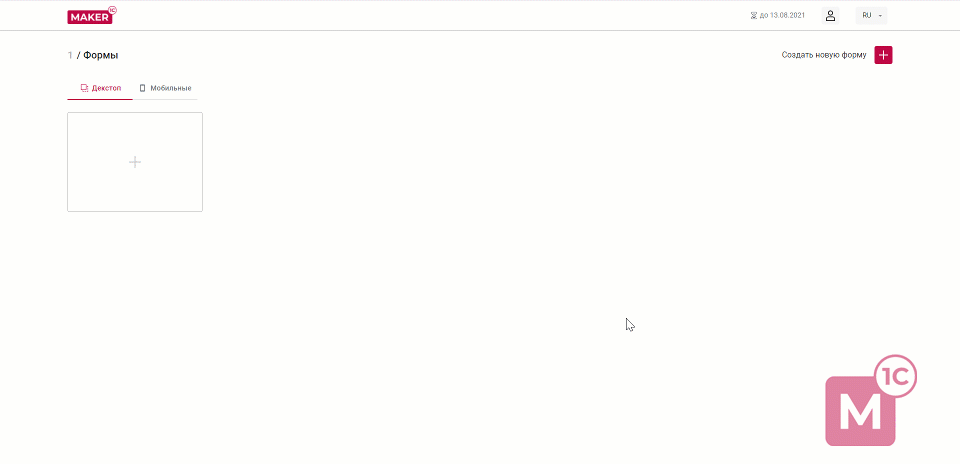Earlier I shared how we solve the problem of lack of UI \ UX design in 1C using Java Script and React.js. Today we will discuss the role and influence of design on the speed of development and implementation of mobile applications on 1C.
Why do design at all, if everything is already good in the IT market, the demand is great, the work is in bulk, etc.?
Three key reasons:
Reduce the cost, due to multiple revisions / alterations, when the Customer (internal / external) sees the product only after development, and not BEFORE development, when it can somehow influence.
To increase the "person-centeredness" in the developed business applications, through preliminary design work (UX and UI) aimed at achieving the goal of the individual using the software.
Accelerate the implementation of the developed software and reduce the burden on technical support, both our own and the Customer.
Development technology, when, before starting programming, you quickly, simply and cheaply design a prototype (MVP), discuss it online, agree it and hand it over to the customer, after which you start coding - it has proven itself 100%.
Moreover, there was an experience when we designed the idea of an add-on / extension to a typical configuration, launched a mailing list on the internal database and got leads = $ right there!
How do you like Elon Musk? Zero-coding pay off!

In the mobile phone, the topic of UI and UX design, prototyping, MVP is even sharper than in the desktop. So, two years ago, I turned to a number of companies with a technical specification for a mobile application and everyone offered me approximately the following order of project implementation:
Stage 1. Research and drafting of the TK
● Collection and formalization of requirements;
● Development and design of an application prototype ;
● Development and design of UX / UI interfaces for key screens of the application;
● Preparation of technical specifications with a description of the functional principle.
Stage 2. Development of the application based on the documentation drawn up in stage 1.
2.1. :
……
2.2. :
….
2.3. :
…..
2.4. Store:
….
3. .
, , , ! -, , – . , -, . -, , , , .., 80-90% , 10% , – . -, , , , !

1, \. 1- Axure Figma, , UI Kit 1, . ….. , " - " ;-)
, , .
:
Frontend
Single Page Application React.
ru.reactjs.org
UI Material UI.
material-ui.com/ru
Material, .
material-ui.com/ru/components/grid
Drag&Drop :
github.com/chriskitson/react-drag-drop-layout-builder
github.com/kiho/react-form-builder
github.com/saravananangu/react-drag-drop-form-builde
Backend
serverless Google Firebase .
backend- Node.js.
:

:

10 :
It turned out that implementing a prototyping tool for a 1C mobile platform is many times more difficult than a desktop, because the logic of elements of mobile forms of a 1C platform is much more complicated than a desktop, there are also features of stretching elements to fit the screen, etc. etc. While we are testing on internal projects and on a number of clients, but in general, the technology also justifies itself: the development and delivery of work to the customer increases by at least 25-30%, but there is one BUT: you need to grow the designer's competence inside, attract external consultants from the world web and mobile development, as a result, internal 1C: Designers appear ;-)
All successful projects, peace and kindness!